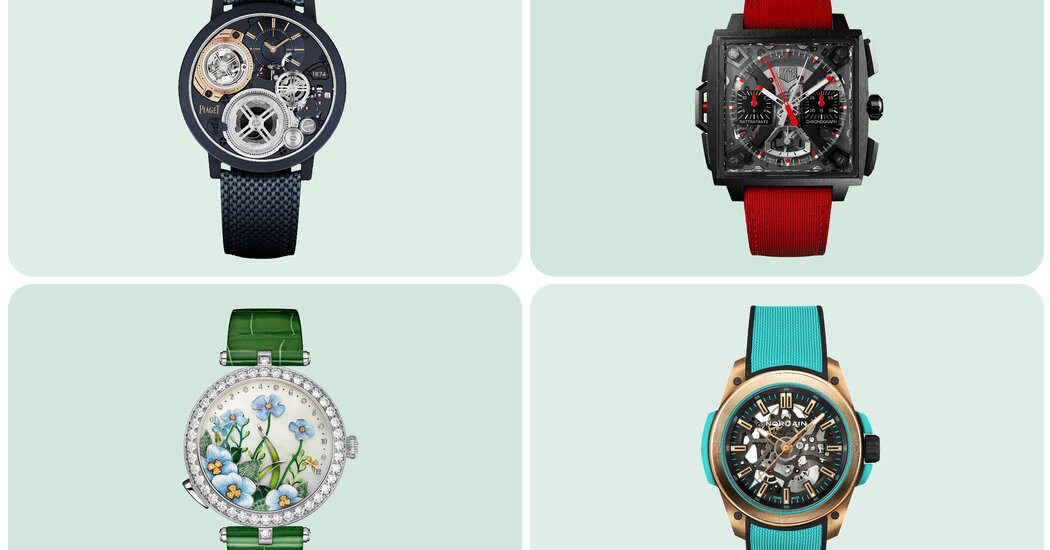
Just what sort of shape is the luxury watch industry in?
Globally, the sector has been stuttering as political and economic uncertainty persists (hasn’t it always?), while reports from the front line of luxury watch retail suggest that times are tougher now that the Covid-era bounce has bottomed out.
And yet last year, Swiss watchmakers reported record export values — again. Watches and Wonders Geneva, the world’s premier luxury watch show, opens today and typically is a fair barometer of the industry climate, even though most of the big releases will have been dreamed up some years ago.
Many of the big players will be there, including Rolex, Cartier and Patek Philippe, while others, including Omega and Audemars Piguet, continue to stay away. Yet the event now has more than 50 exhibitors for the first time, including eight new names. Here are some of the showstoppers landing in Geneva.
At the Top of the Hour
One trend that shows no signs of slowing is the high-end watchmakers’ enthusiasm for the “low volume, high value” business model. Brands have logged that the industry’s growth point is at the top end as wealthy clients continue to spend big, so it comes as little surprise that Watches and Wonders booths are awash with hyperwatches stretching the limits of micromechanics, design and aesthetics (as well as price) to spectacular new heights.
Piaget Altiplano Ultimate Concept Tourbillon
After a brief hiatus, the battle for the thinness crown has resumed. Bulgari this week introduced what it called the world’s thinnest mechanical watch, a seemingly impossible 1.7-millimeter sliver of mechanical ingenuity. That was followed almost immediately by Piaget, in its 150th anniversary year, issuing what it identified as the world’s thinnest tourbillon: the Altiplano Ultimate Concept Tourbillon, which at two millimeters all but sucks the third dimension out of the whirring anti-gravitational tourbillon device so loved by elite watchmakers. Six years ago, the original Altiplano Ultimate Concept slipped into the record books at two millimeters (the obsession with that measurement started in 1957 with the 9P caliber, which was two millimeters). But it contained neither the tourbillon cage that surrounds the watch’s oscillating escapement nor the 30 percent additional power required to fuel it. Somehow, Piaget has squeezed those into the new watch’s 41.5-millimeter blue cobalt alloy case without fattening it up. A watch that will be remembered long after the fair doors have closed.






